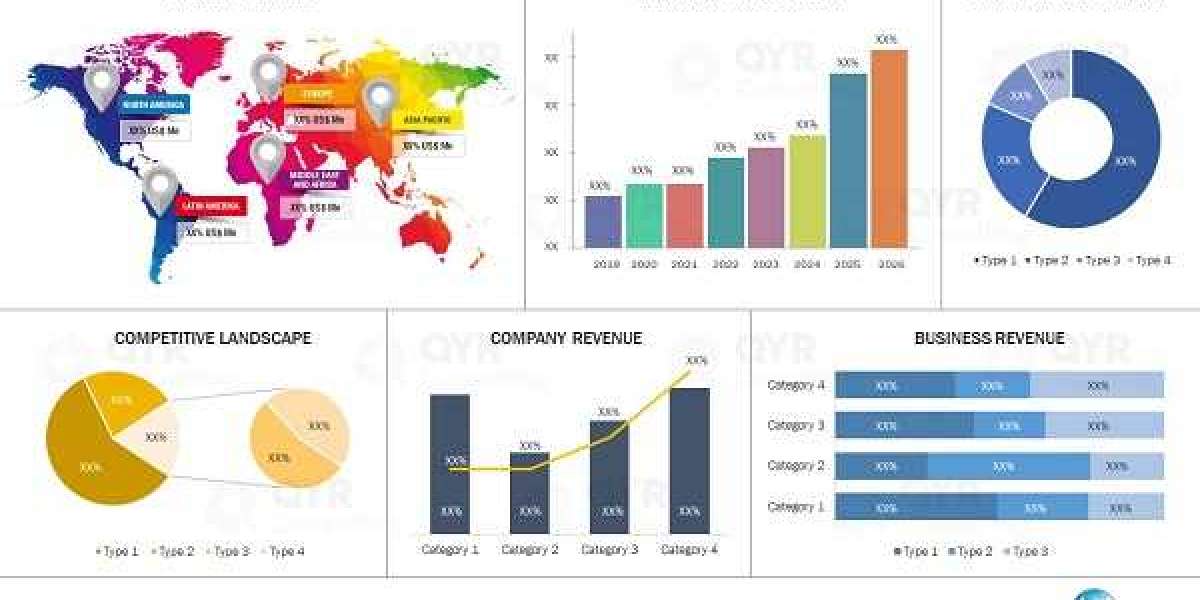With over 18 years of hands-on experience in ERP development and consulting, I’ve worked closely with manufacturers who often faced the same frustrating challenges: machines breaking down mid-production, hidden downtime eating away at productivity, and scrap that quietly drained profits.
One common thread in all these cases was the struggle to track and improve Overall Equipment Effectiveness (OEE) accurately. Over the years, I’ve seen how a well-designed Manufacturing ERP system completely changes the game by offering real-time OEE visibility, cutting inefficiencies, and creating sustainable growth opportunities.
To put this into perspective, the global ERP software market is projected to surpass $100 billion by 2025, according to Statista, with manufacturing being one of the biggest drivers of this growth. The same report states that the large-scale manufacturers are rapidly investing in ERP-driven analytics. This proves the importance of Manufacturing ERP in evaluating and improving OEE in today's manufacturing scenario.
What is Overall Equipment Effectiveness (OEE) in Manufacturing?
OEE is a qualitative measure that assesses the efficiency of the way manufacturing equipment is being used by combining availability, performance, and quality. It provides a straightforward response to the query, "Is your manufacturing industry getting the best out of its machines?"
In my years of ERP consulting, I’ve seen plants operate at just 60–70% OEE because of overlooked downtime or defective output that managers didn’t realize was happening. ERP helps manufacturers avoid this pitfall by monitoring machine uptime, production speed, and quality checks in one integrated system. When tracked correctly, OEE becomes not just a number but a real-time reflection of operational health.
Why ERP is Essential for Accurate OEE Monitoring?
Traditional methods such as spreadsheets, manual log sheets, or end-of-shift reports often fail to monitor and capture setup delays, micro-stoppages, or any minor defects. These gaps end up creating an incomplete and inaccurate picture of OEE.
Using a Custom Manufacturing ERP Software can close this gap by enabling integration of data directly from machines and operators, along with quality control systems, into a single dashboard for centralised viewing.
In my 18+ years of ERP consultation practice, manufacturers who switched from manually tracking their industrial processes to an ERP-based OEE monitoring improved their reporting accuracy by nearly 25%. This not only boosted their industrial management confidence to make smarter, faster decisions.
Real-Time OEE Dashboards and Alerts in ERP
Real-time OEE dashboards are among the most revolutionary ERP features I've put in place for customers. Supervisors can effortlessly view the performance analytics of numerous machines and production lines and get insights on entire manufacturing facilities thanks to these dashboards.
For instance, if your industry’s packaging line slows down, an ERP software can send you trigger alerts within minutes. Thus giving the supervisors a great ability to respond quickly instead of waiting until the end of the shift.
In one large-scale implementation I worked on, real-time OEE visibility helped reduce their industry’s unplanned downtime significantly, helping their company save hundreds of productive hours per year.
ERP-Driven Insights for Continuous Improvement
Manufacturing ERP systems don’t just stop at monitoring; they enable continuous improvement. With custom built-in real-time analytics, they can track long-term industrial trends, help identify recurring issues, and forecast when a machine is likely to fail.
Over the years, I’ve encouraged clients to use a Custom Manufacturing ERP Software for viewing predictive insights to design preventive maintenance schedules. This proactive approach has often led to a 10–15% increase in OEE monitoring, enabling scrap reduction and more consistent qualitative output. Thus, instead of reacting to problems, using customised manufacturing ERP software empowers manufacturers to stay ahead of errors and effectively manage their industrial processes from anywhere at any time.
Conclusion
After nearly two decades of working with manufacturers, I can confidently say that ERP has turned OEE monitoring into a data-driven growth enabler. Where businesses once relied on guesswork, they can now leverage ERP to monitor availability, performance, and quality with unmatched accuracy.
As ERP adoption continues to expand, manufacturers who embrace ERP-powered OEE monitoring will not only see higher machine productivity but also lower costs, better compliance, and a stronger competitive edge in an increasingly demanding market.











